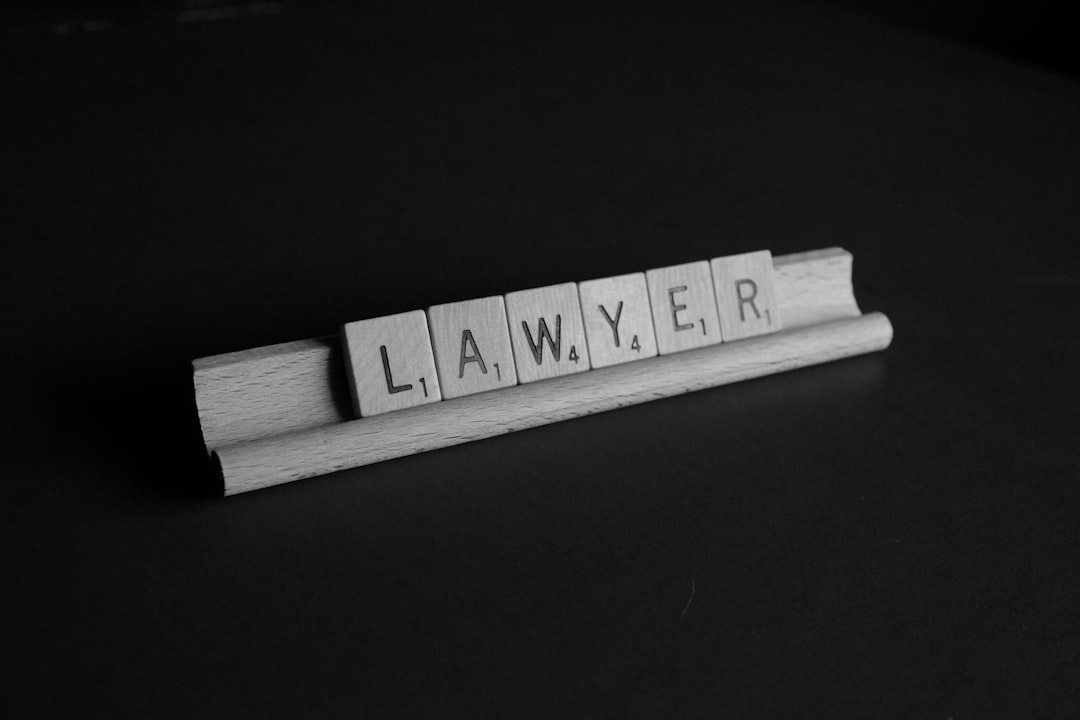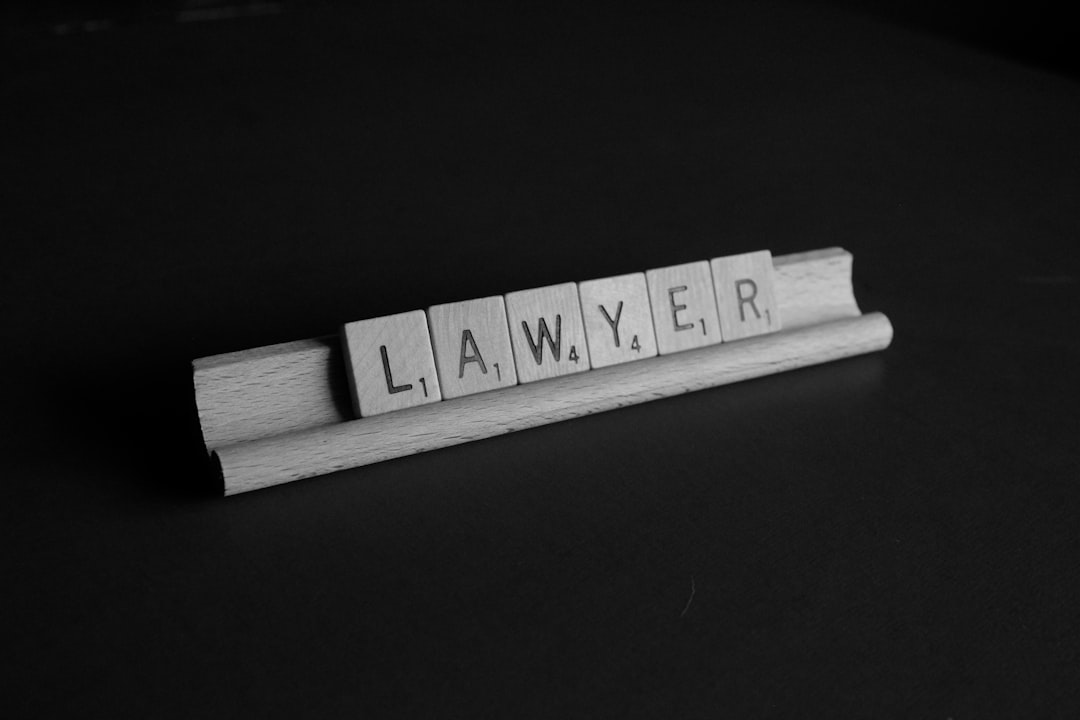In New York City (NY), digital self-harm among teenagers has become a growing concern due to the city's vibrant tech culture and diverse online environment, leading to mental health issues. Cyberbullying, excessive screen time, and body image concerns are primary drivers. NY State Education Department mandates schools to develop plans for preventing cyberbullying, enhancing online safety, and promoting digital literacy. Addressing this crisis requires balancing privacy and surveillance, educating educators, fostering open dialogue, and collaborating between schools, mental health professionals, and tech companies to create a supportive ecosystem in NY's diverse educational landscape.
“In the digital age, a new form of self-harm has emerged—’Digital Self-Harm’—particularly concerning among NYC’s youth. This article delves into this growing concern, exploring its legal and ethical dimensions within the city’s schools. With an evolving digital landscape, understanding and addressing this issue require a nuanced approach. We examine existing legal frameworks, analyze ethical dilemmas faced by educators, and propose best practices to mitigate digital self-harm, ensuring a safer online environment for New York City’s students.”
Understanding Digital Self-Harm in NYC's Youth: A Growing Concern

In the vibrant and bustling city of New York, a silent and insidious issue has emerged among its youth—Digital Self-Harm. This growing concern involves the intentional use of digital technologies to inflict psychological or physical harm on oneself. With NYC’s diverse and tech-savvy population, especially teenagers, spending significant time online, the potential for self-harm through digital means is a critical topic that demands attention. From cyberbullying and excessive screen time to the impact of social media on mental health, young people in NY are navigating a complex digital landscape that can have severe consequences.
The rise of digital self-harm reflects the changing nature of adolescence in the 21st century. With instant access to information and social connections, NYC’s youth face unique pressures and challenges. As they navigate this digital realm, issues such as online peer pressure, body image concerns, and the constant need for validation through likes and shares can contribute to a vulnerable state of mind. Understanding these factors is crucial in addressing the issue, especially with the rapid advancement of technology, which continues to shape and influence the lives of NYC’s youth.
Legal Frameworks and Policies: Addressing Digital Self-Injury in Schools

In New York City (NY) schools, the legal frameworks and policies regarding digital self-harm are evolving to address the unique challenges posed by the digital age. Schools are increasingly equipping themselves with guidelines to identify and mitigate instances of digital self-injury among students, which includes cyberbullying, excessive screen time, and online exploitation. The NY State Education Department has implemented policies that mandate school districts to develop comprehensive plans for preventing and responding to cyberbullying, ensuring a safer digital environment for students.
These legal considerations are underpinned by ethical principles aimed at fostering a healthy balance in students’ digital lives. Schools are encouraged to promote digital literacy, teaching students about online safety, privacy, and the potential consequences of their digital actions. By integrating these educational initiatives with robust policies, NY schools strive to empower students to make informed decisions, protect themselves from digital self-harm, and cultivate a positive digital culture.
Ethical Dilemmas and Best Practices for Educators and Policy Makers

In navigating the complex landscape of digital self-harm, educators and policymakers in NYC schools face a series of ethical dilemmas. The rapid proliferation of technology, coupled with its pervasive presence in daily life, necessitates a nuanced approach to addressing this modern phenomenon. One of the primary challenges is balancing privacy concerns with the need for surveillance, especially as tracking digital behavior can infringe on students’ personal freedoms. Additionally, educators must grapple with the ethical implications of intervention, ensuring that any actions taken are non-discriminatory and respectful of individual autonomy.
Best practices for addressing digital self-harm involve a multi-faceted strategy. Educators should be equipped with comprehensive training on recognizing signs of distress and responding appropriately, while also fostering an environment of open dialogue where students feel comfortable discussing their experiences. Policy makers can contribute by developing clear guidelines that strike a balance between monitoring online activities and protecting student data. Collaboration between schools, mental health professionals, and technology companies is essential to creating a supportive ecosystem that addresses digital self-harm effectively in the context of NY’s diverse educational landscape.






